
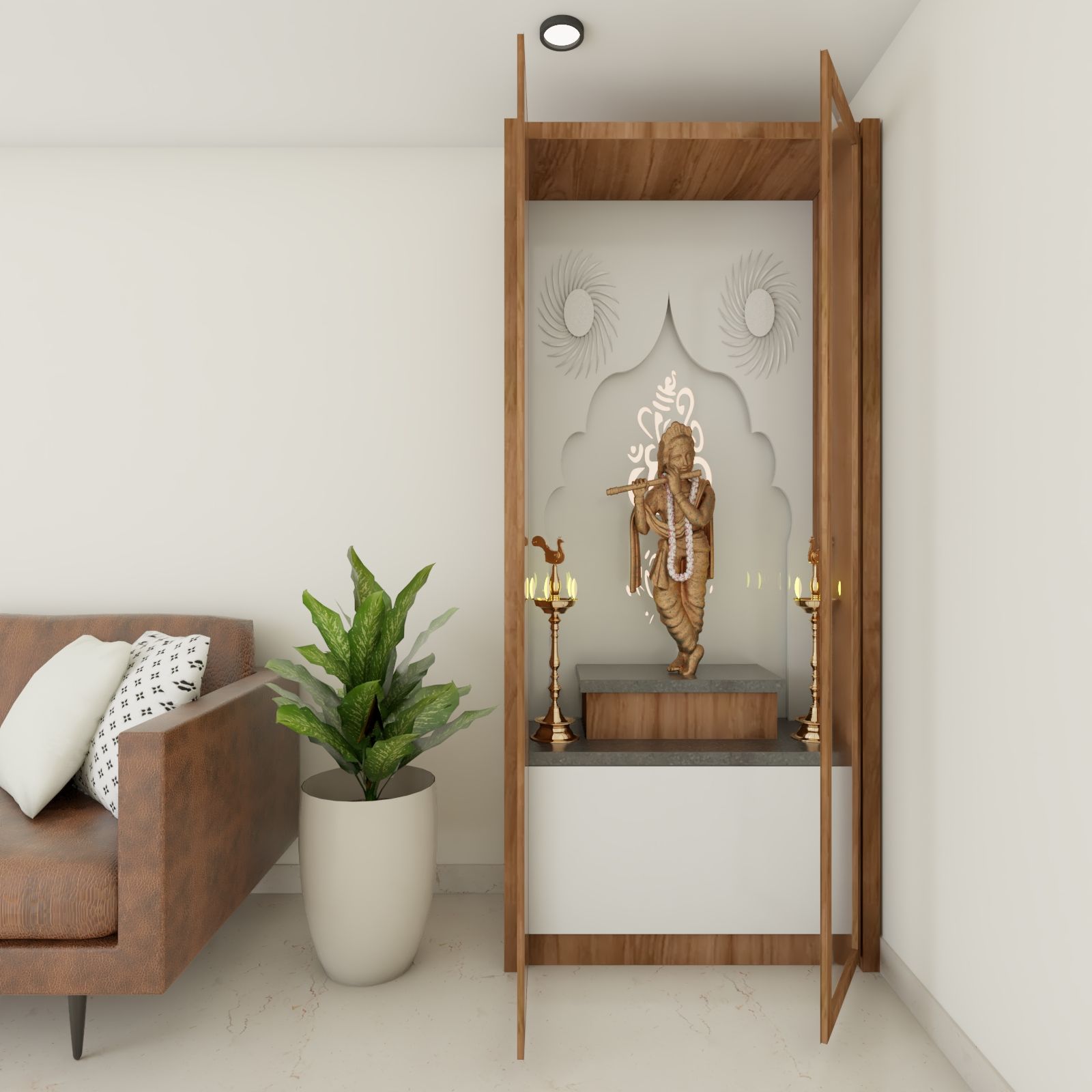
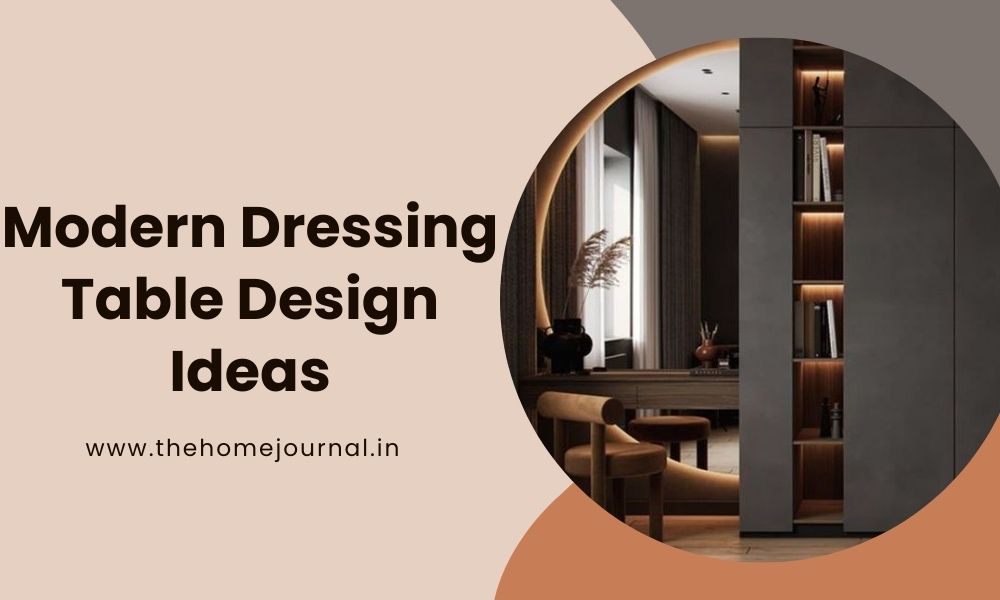

Furniture Fiesta Life & Culture
LIFE AND CULTURE SHOPPING TRENDS HOME TOURS DESIGN DECORATING

From the invention of electric lighting to the digital age, see how technology has redefined interiors.
From the sleek, functional rooms of today to the lavish, ornate palaces of ancient civilisations, the history of interior design is a story of creativity, inspiration, and ingenuity. Whether it's the elegance of Victorian designs, the opulence of the Baroque era, or the simplicity of current minimalism, every style is impacted by the social, technological, and economic advancements of its time.
Understanding the history of interior design is comparable to learning about the past and how people lived, what they valued, and how they portrayed themselves via their surroundings. It's amazing to think that the open floor plans we love today were inspired by the need for closer family ties, or that the vivid colours and patterns of the 1970s were a reaction to social and political shifts. In retrospect, we may observe a relationship between the designs of various historical periods and the cultural changes that shaped them.
The history of interior design may be traced back to ancient civilisations, when Greek, Roman, and Egyptian homes had instances of interior décor. The basis for what we now refer to as historical interior design was established by these cultures.
The interiors of these civilisations were often decorated with priceless metals, silks, and stones. Additionally, they included intricate designs and patterns like mosaics and frescoes that continue to influence interior designers today. The Egyptians, for example, were known for their exquisite use of colour and design.

As the Middle Ages drew near, the focus of interior design moved from defence to functionality. Dark, foreboding chambers with intricate tapestries, stained glass, and carvings that evoked awe and spirituality were hallmarks of gothic interior design.
The goal of this age was to design spaces that evoked wonder. As interest in humanism, art, and beauty increased during the Renaissance, classical ideas gained popularity again. The history of interior design demonstrates how interiors became increasingly ornate and symmetrical, accentuating harmony and balance. Rich families employed artists to create elaborate tapestries, frescoes, and furniture pieces for their homes that combined style and functionality. Because functionality and beauty coexisted peacefully during the Renaissance, the foundation for interior design was established.
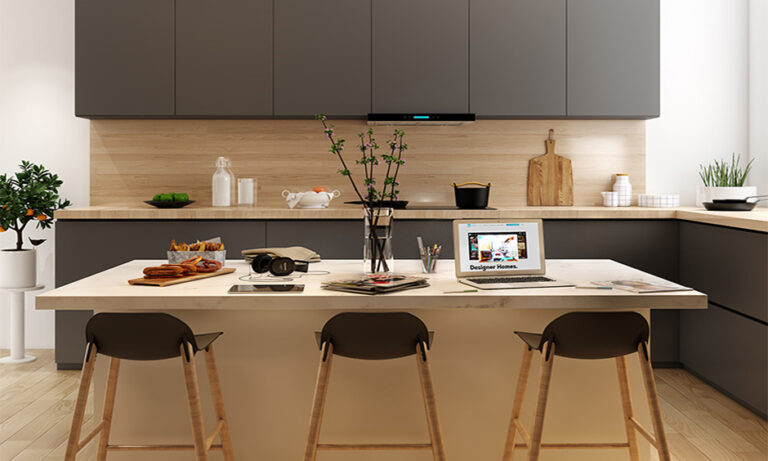
In the 19th century, painters, adventurers, and other creatives who rejected the constraints of traditional living gave rise to bohemian interior design. Colours, textures, patterns, and inspirations from various cultures and eras are mixed together to create this. It's about using earth tones, artisan goods, and old furniture to show uniqueness.
The ideal balance of vintage furniture, handcrafted items, and striking earthy hues is captured in the history of bohemian interior design. Whether it's an object expressing its tale or every crevice exuding that cosy, imaginative feeling, the mix-and-match method is a unique way to express yourself.
The image depicts a lively and varied living area with a bohemian influence. The layered and textured design of this space makes for an aesthetically pleasing setting. Beside the little coffee table is a comfortable vintage armchair. The overall calming ambiance of the space reflects the free-spirited Bohemian spirit.

This aesthetic was replaced by minimalism, utility, and simplicity. Clean lines, organic materials, and a muted colour scheme are hallmarks of Scandinavian design, which produces light-filled, spacious areas that inspire tranquilly. The use of wood, particularly in its lighter hues like birch and pine, is linked to this, and fabrics provide warmth and texture. The history of Nordic interior design is intriguing!
The essential components of Scandinavian home design are visible in this image. Round side tables with woven baskets offer texture, while cosy armchairs with hardwood frames and cushioned cushions create a calming ambiance. Natural light fills the room, and the numerous plants surrounding the wide windows give the space a more organic feel. The overall aesthetics are defined by simple design, clean lines, and neutral colours.
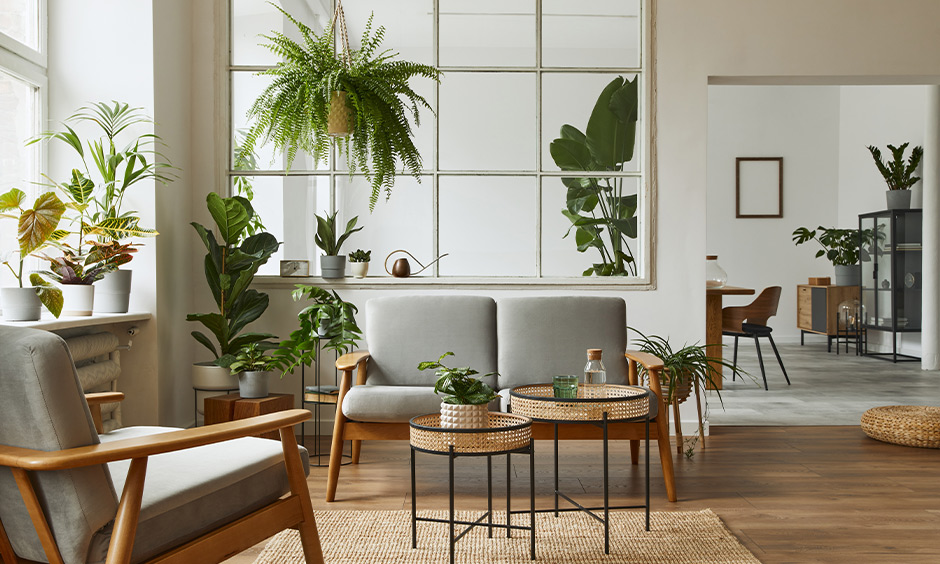
During the Industrial Revolution, Queen Victoria's interior design underwent a revolutionary shift. Decorative things were produced in large quantities during this time, making previously exclusive products available to the growing middle class. With their interiors reflecting the owners' interests and preferences, homes evolved become a platform for displaying riches and prestige. Eclecticism, which borrowed from the Gothic, Renaissance, and Rococo styles, emerged as a result of the newfound riches.
Even today, designers are encouraged to include richness, detail, and eclecticism into their designs by this interior design. Through varied elements, contemporary styles frequently mirror the timeframes of different interior design eras. Grand staircases, elaborate wood panelling, and adorned fireplaces are the hallmarks of Victorian-style homes!
Wall sconces, chandeliers, and striking hues are other examples of the love of luxury and beauty that goes into creating a room with personality and historical depth. The Victorian impact on interior design is still evident, whether it is through the use of antique furniture, elaborate details, or vibrant colours.
Take note of how this lovely living room's photograph conveys the opulence of the Victorian era. The space radiates elegance and grandeur. A large sofa with upholstery and matching armchairs serves as its focal point. The floor is covered with an opulent patterned carpeting. The room's general ambiance is clearly sophisticated and harkens back to the Victorian era.

Japanese interior design seamlessly blends nature and simplicity with the country's rich cultural heritage. The beauty of this design is reflected in centuries of tradition through the use of traditional architecture, Zen Buddhist precepts, and an innate appreciation of nature. This centuries-old interior design philosophy inspires and resonates with people all over the world because it embodies balance and tranquilly.
The evolution of interior design in Japan is based on a deep appreciation for nature. This method is based on the fundamental idea of wabi-sabi, which is to find beauty in imperfection. Spaces that feel alive and connected to nature are created by combining natural components like wood, bamboo, stone, and plants. As is typical of Japanese homes, large windows or sliding doors that open into gardens offer a bright interior and make it simple to go from indoor to outdoor space.
Take note of the image's details. The room is furnished with natural accents, such as potted plants and ceiling wood. A cosy spot to eat breakfast is provided by a tiny dining table in the middle, surrounded by vibrant chairs. This balcony's general atmosphere embodies the minimalist philosophy of Japan.

The 20th century saw significant developments in interior design, mostly as a result of industrialisation and changing social dynamics. The Industrial Revolution's mass production and new materials altered people's perceptions of interior design. In the contemporary era, simpler, more comfortable, and more effective furniture replaced the ornate and large furniture of the past.
During this time in interior designing history, practicality was given priority, and designs grew more accessible and affordable. The emphasis on efficiency and a streamlined way of life at the time was reflected in the furniture and interior design, which featured clean lines and open layouts.
In the latter half of this century, the concept of open-plan living began to take shape, encouraging a feeling of light and space. The way colours were used also evolved, with neutral hues being well-known for their adaptability and capacity to foster a peaceful atmosphere.
In the latter half of this century, the concept of open-plan living began to take shape, encouraging a feeling of light and space. The way colours were used also evolved, with neutral hues being well-known for their adaptability and capacity to foster a peaceful atmosphere.
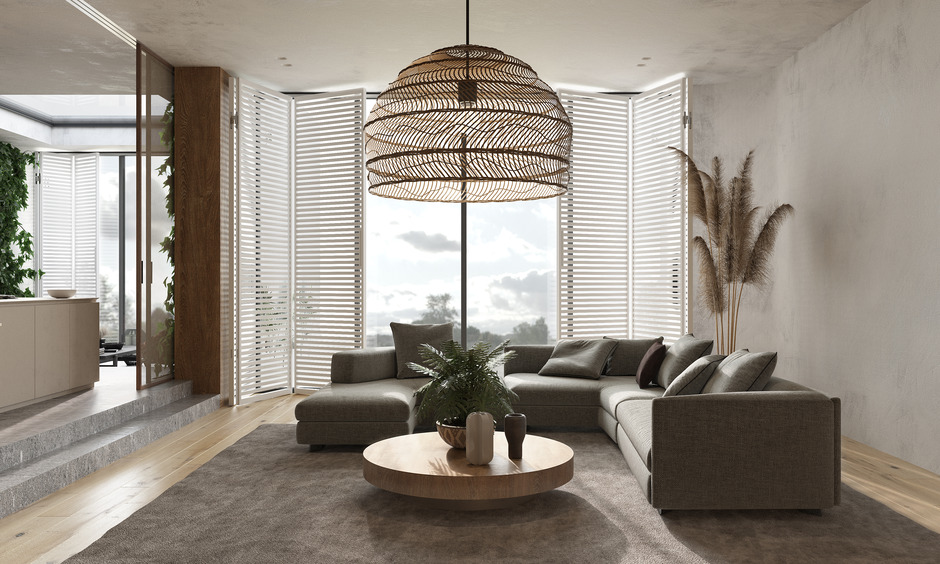
Today's interior design is more diverse than ever before. Modern technologies and a heightened awareness of sustainability have highlighted the importance of eco-friendly and energy-efficient dwellings.
Throughout history, interior design has evolved to adapt to shifting needs, which is essential in a world that is constantly changing.
The current lifestyle, which necessitates a home that can be utilised for both business and pleasure, is also reflected in multipurpose flexible spaces. This trend of customisation and adaptation shows how interior design is evolving to meet modern demands by fusing innovation and heritage. There is so much promise for the future!
A fascinating fusion of creative, technological, and cultural influences may be seen in the history of interior design. It has expanded over the years, with fresh concepts and influences being included on a regular basis. The fundamental idea is still the same, though: design areas that reflect our identities and lifestyles.